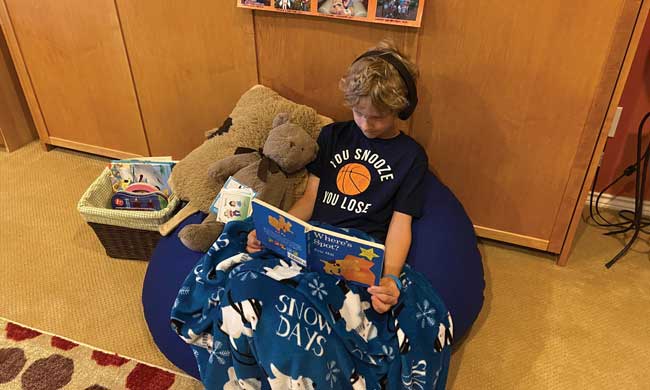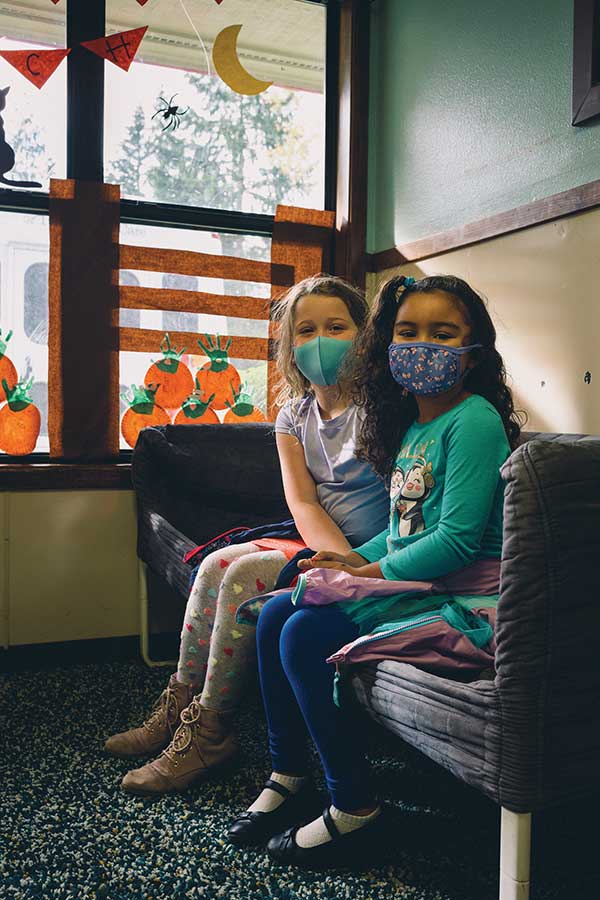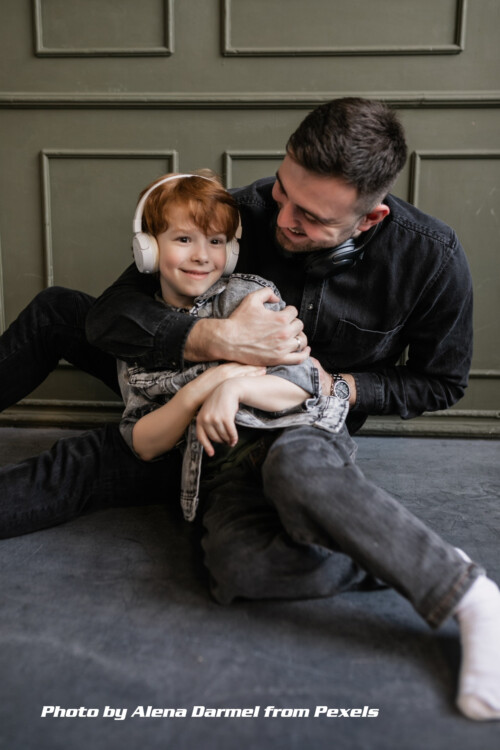Emotional Safe Spaces Help Children Express Their Big Feelings

(Family Features) Many internet memes have been made about toddlers and their temper tantrums. While the outpouring of oversized emotions can be amusing when viewed from afar, most parents and caregivers simply want to know what they can do to help children express their feelings in less dramatic ways.
According to child development experts, one of the keys to helping children learn to regulate their emotions is to develop emotional literacy; the ability to identify feelings. This can help children learn to recognize those feelings and apply coping strategies to (hopefully) calm down before their feelings overwhelm them. One way to help children work on their emotional literacy is to talk about emotions other people feel.
 “Sometimes it’s difficult to process our own emotions because that puts you in a vulnerable position,” said Taunya Banta from KinderCare’s Inclusion Services team. “When we’re able to find some detachment from the immediate emotion, like talking about characters in a story – ‘How do you think they feel?’ or ‘Why do you think they feel that way?’ – it opens an opportunity for kids to safely process their own emotions because they’re not in the spotlight.”
“Sometimes it’s difficult to process our own emotions because that puts you in a vulnerable position,” said Taunya Banta from KinderCare’s Inclusion Services team. “When we’re able to find some detachment from the immediate emotion, like talking about characters in a story – ‘How do you think they feel?’ or ‘Why do you think they feel that way?’ – it opens an opportunity for kids to safely process their own emotions because they’re not in the spotlight.”
Another way to help children work through their emotions before becoming overwhelmed is doing what many early childhood teachers do and create a space filled with things that allow children to find emotional release in a safe way. If space allows, Banta recommends creating both a quiet area and an active area.
Quiet areas allow children to work through their emotions using fine motor or listening skills. Items in this space could include blankets or pillows to cuddle up in or headphones to listen to relaxing music or audiobooks. Some children may find comfort in expressing their feelings through art, so consider including some drawing materials or a journal. For young children, a set of pictures or cards showing faces expressing different emotions can help them as they learn to identify their own feelings.
Active areas provide children opportunities to use their gross motor skills to work through emotions. If outdoor space is easily accessible, encourage your children to go outside and jump, stomp or run when they start to feel the urge to “let it all out.” An indoor active space could include pillows to scream into or hit and plastic bottles or bubble wrap to stomp on or squeeze. The action and noise can help get out the desire to hit or punch. Watch how your children show their emotions and give them safe alternatives. For example, if they tend to yell and hit when they’re upset, give them pillows to scream into or hit. You can also help them designate a box or a specific spot on the wall or floor that they can throw beanbags, wadded up socks or any soft object at.
Acknowledge the emotions your children are experiencing and reassure them that while it’s fine to feel that way, it’s just as important they find a safe outlet for their emotions.
For more tips to help children identify and regulate their emotions, visit KinderCare.com.
SOURCE: KinderCare
Articles posted on this site are the works of their respective authors. They may be for informational or entertainment purposes and do not necessarily represent the views of this website nor imply endorsement by this website, nor endorsement of this site by the authors, nor do we get paid for posting articles. Nothing herein is intended to diagnose, treat or cure any disease. Please do your research and seek professional advice before using any information.

